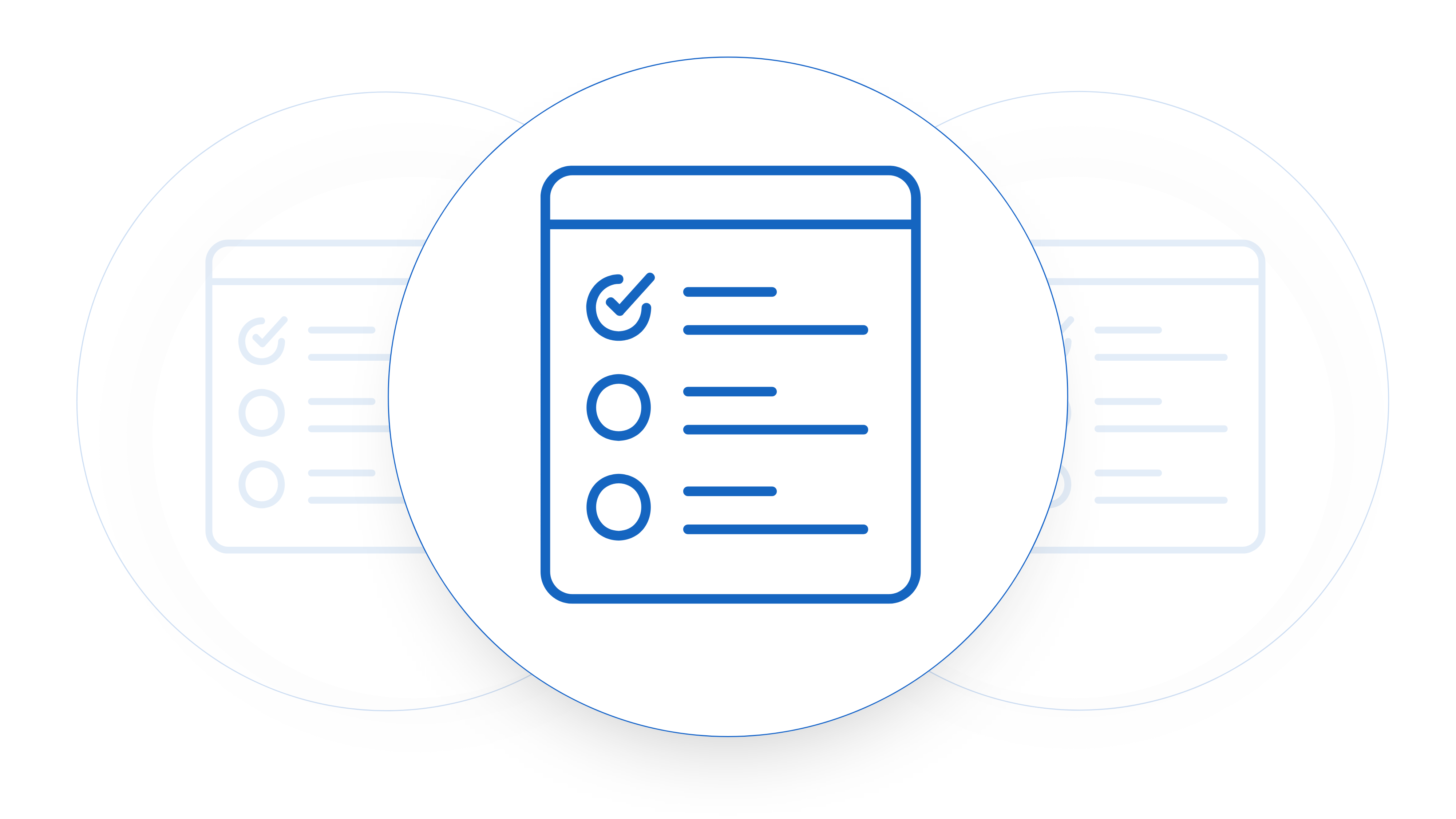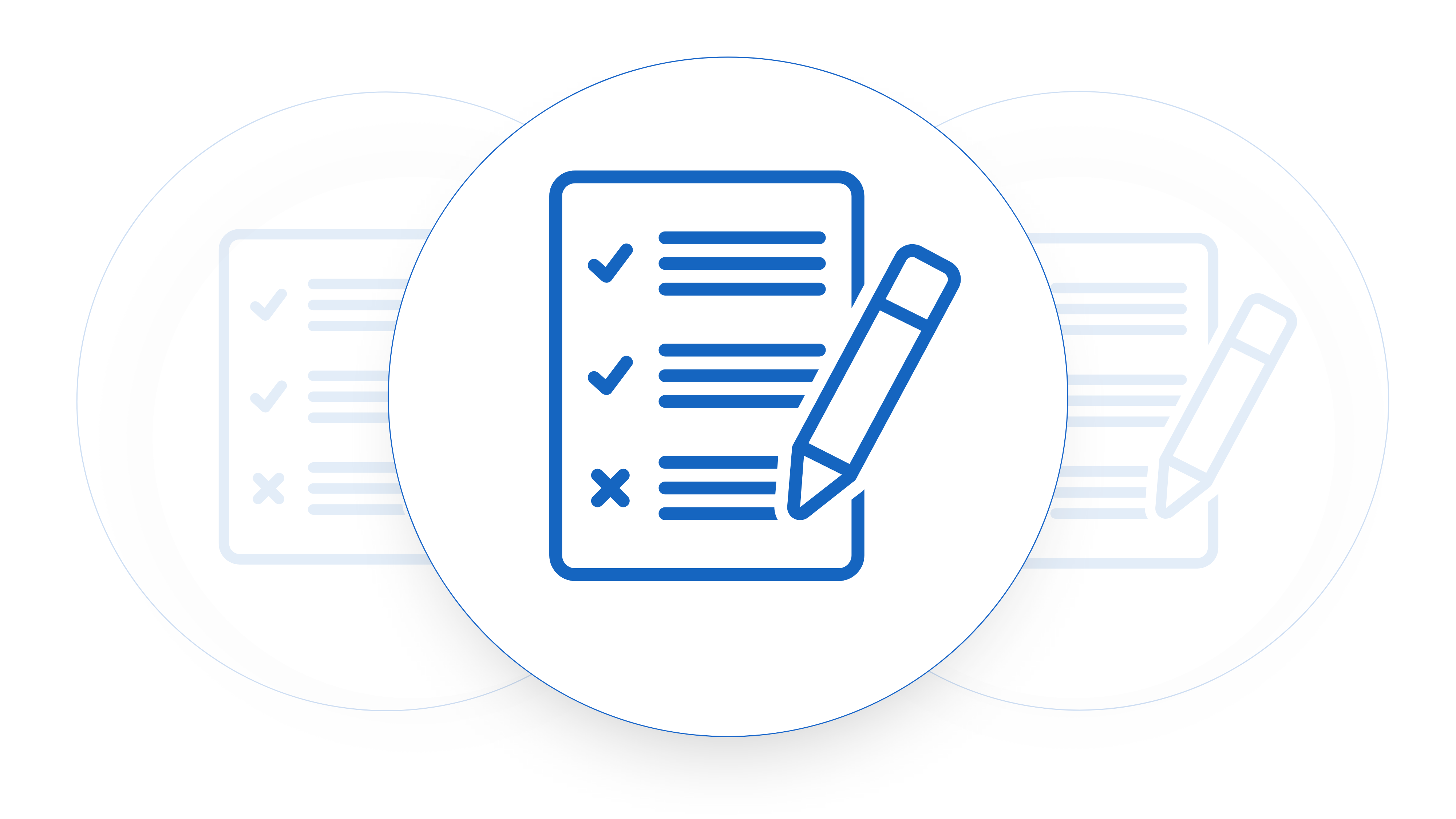So you’ve decided on enterprise customers as your go to ideal customer? It’s a long haul to get a product built to sell to enterprise and it’s an even longer haul to get to the point that you can sell it to enterprise customers. But if you have the patience and runway to get there selling to enterprise customers can be a game-changer for your business. They tend to be long term customers if you can get them. With that said, enterprises, with their large scale operations and complex decision-making processes, present unique challenges and opportunities for sales teams. However, with the right approach and strategies, you can get embedded in one of these companies and start building out a pipeline for strong annual recurring revenue growth. It’s a tough gig but let’s look at the essential steps to effectively sell to enterprise customers.
1. Understanding Your Customer – What Are Their Pain Points?
Before jumping into the actual sales process, take the time to understand your prospective enterprise customer properly. Do some research on their industry, challenges, and goals. What are their pain points? What’s slowing them down, what’s costing them money? How can your product or service address their needs and add value? For businesses selling SaaS solutions, it’s also important to consider whether enterprise customers need custom SaaS contracts to meet their specific legal and operational requirements. Tailor your approach to resonate with their specific needs.
The key here is two fold, first identifying what is hurting them and then being able to properly articulate how you can solve that problem for them. The first can often come from industry experience, the second is often solved through iteration of messaging to see what will capture their attention and move them through the sales cycle.
2. Build Relationships – People Buy From People
Enterprise sales often rely heavily on building strong relationships. Connect with key decision-makers and influencers within the organization. Invest time in building these relationships by providing value, offering insights, and demonstrating expertise. Establishing trust and rapport can significantly influence their buying decisions.
One of the key things with enterprise sales and relationship building is knowing that no decision (or at least very few decisions) in an enterprise company are made alone by one person. You’ll need to build relationships with multiple team members. This is to help them with decision making, to get everyone across the benefit that your product can bring but also to hedge your risk against one person leaving their job and you losing the deal.
3. Customize Your Solution – Sometimes…
Enterprises have unique needs and requirements. Try to avoid taking a one-size-fits-all approach as long as it’s not going to cost you too much. Customization has a price to it and when you’re trying to build a software as a service product this cost can be cost of development, tech debt or lost opportunities with other customers. Customize your solution to align with the enterprise’s objectives and preferences where possible without shooting yourself in the foot. One way you can do this is to sell professional services in as well as your product. This is a good place to customize your offering without destroying your product roadmap. Using this service customization to show how your product or service can integrate seamlessly into their existing infrastructure and workflows will do wonders for your product offering. Highlight the benefits of your solution in addressing their specific pain points and how you can be flexible to solve these.
4. Focus on Value Proposition – Is It Worth Their Dollars?
Clearly articulate the value proposition of your offering and what people are getting for the money they put in. What sets your product or service apart from competitors? How can it deliver tangible benefits and ROI to the enterprise? Emphasize the value that your solution brings in terms of increased efficiency, cost savings, revenue growth, or competitive advantage. Make it compelling and irresistible.
One useful way to do this is to use case studies and testimonials. Having current customers clearly show the value they have got from your product will help you clearly communicate this.
Redline What Matters
Raise Changes For Approval To Turnaround Contracts Faster
5. Navigate the Negotiation and Decision-Making Process
Enterprise sales often involve navigating a lot of decision-making hierarchies. Identify all stakeholders involved in the buying process and understand their roles and priorities. But this is very rarely the case. Map out the decision-making structure and tailor your approach accordingly. Provide relevant information and address concerns at each stage of the process to keep the momentum going.
One of the key steps in this process early on is understanding if the person you’re talking to is the one that will ultimately make the buying decision. Often it is not. If that’s the case you should identify who is and either position yourself to sell to that person or (as is often the case) find a way to get the person you’re talking to to be able to sell on your behalf. This involves giving them clear talking points that would appeal internally to the final decision makers. You make convince them with how great the product is but the final decision maker may be more convinced by statements along the lines of ‘this will save us $X per year’.
6. Demonstrate ROI
Enterprises are driven by results and ROI – what are they going to spend and what are they going to get out of this? Provide concrete evidence of the value that your solution delivers. Share case studies, testimonials, and success stories from similar enterprise clients. Quantify the benefits in terms of cost savings, revenue growth, productivity gains, or other relevant metrics. Showcasing a clear ROI can help justify the investment for the enterprise.
What you’ll see as software as a service businesses scale is that their demonstrable ROI statements get more and more polished. Really good ROI statements are clear, short, communicate time and money savings and say who these savings are for.
7. Offer Proof of Concept:
In many cases, enterprises may request a proof of concept (POC) before making a purchasing decision. Be prepared to offer a limited trial or pilot program to demonstrate the effectiveness of your solution in a real-world environment. Work closely with the enterprise to define success criteria and ensure a smooth POC process.
A proof of concept is often a loss leader and you’ll need to put a lot of work into it to get things over the line. This needs to be remembered when it gets time to look at your pricing strategy. You don’t want to have the entire contract being a loss.
8. Provide Excellent Support
Enterprise customers expect exceptional support and service throughout their journey. They are large and for them to implement any change they require a lot of hand holding to get off the group and roll things out. Offer proactive assistance, timely responses to inquiries, and personalized attention to their needs. Establish clear channels of communication and provide ongoing support post-sale to foster long-term relationships. For larger enterprise customers look at giving them a dedicated customer service member and if you can build this into pricing then all the better!
9. Be Flexible and Adaptive
The enterprise landscape is forever changing, each enterprise is constantly looking for an advantage against their competitors and have the money to throw at it. So your sales approach needs to change as well. Be open to feedback, iterate on your strategies, and adapt to changing market dynamics. Stay agile and responsive to the changing needs of your enterprise customers to maintain a competitive edge. One thing to keep in mind is how things have change from the first time a customer has purchased your product to when they come up for renewal. Your renewals motion might need to be adjusted as their needs have changed.
10. Continuous Learning and Improvement
Finally, the world is changing and so should you. Learning, tweaking and reacting to customer feedback will help you stay alive. Stay updated on industry trends, competitor offerings, and emerging technologies. Get as much feed feedback from customers as possible and incorporate it into your sales process. By continually tweak your approach, you can make continuous improvements to your pipeline conversion rates and these build up to a large impact with high value enterprise customers.
How to sell to enterprise customers? Selling to enterprise customers requires much more of a strategic approach, a deeper understanding of customer needs, and relentless focus on delivering value than selling to other sizes of companies. By following these steps and continuing to refine your approach to enterprise sales, you can start building a strong pipeline and create an base for success of your B2B business sales. Stay proactive, build strong relationships, and always remember that people buy from people they like – no matter how good your product is you still need to build a human relationship.











